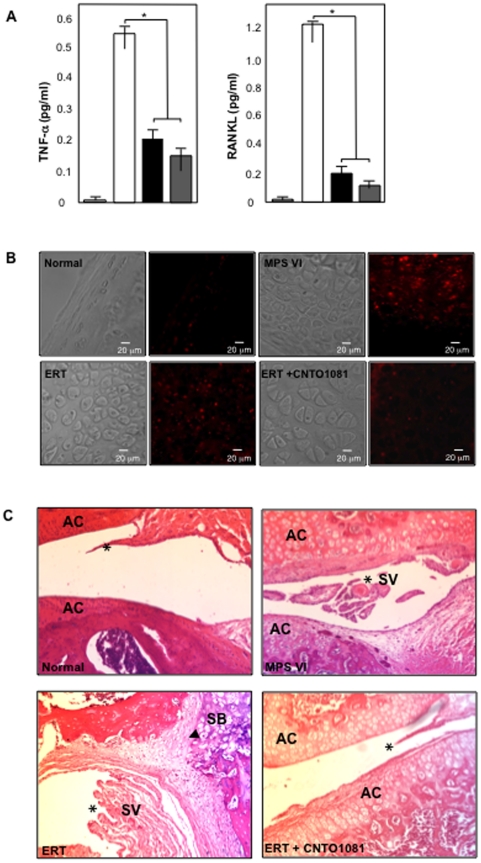Figure 1. Anti-inflammatory effects of ERT and combined ERT/anti-TNF-alpha therapy in MPS VI rats.
(A) MPS VI rats were subjected to the ERT (black) or combined ERT/anti-TNF-alpha (gray) treatment for 8 months, as described in the text (n = 8/group). The animals were euthanized 2 days after the last injection and serum was collected. Age-matched (37 weeks) normal (light gray) and untreated MPS VI (white) sera also were collected, and TNF-alpha and RANKL levels were determined using immunoassay kits (see Materials and Methods). As previously shown, untreated MPS VI animals had markedly elevated levels of these two inflammatory markers, and both were significantly reduced by either ERT or combined treatment (*p<0.005). No significant differences were observed between the two treatment protocols. (B) Untreated MPS VI rats exhibited markedly elevated TNF-alpha immunostaining (red) in the articular cartilage as compared to normal animals, which was modestly reduced by ERT and normalized by combined treatment. (C) Hyperplastic synovial membranes (*) with the formation of villi (SV), and invasion of the synovium into the subchondral bone (arrowhead, SB) was evident in untreated MPS VI and ERT-treated synovium. Animals treated with combined therapy exhibited markedly less joint inflammation, although the storage cells were still present.

